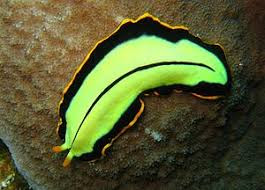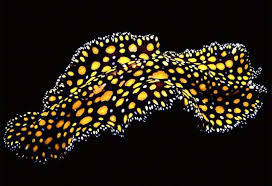Flatworms (Platyhelminthes) and their characteristics
⃟ Definition of flatworms (Platyhelminthes)
Platyhelminthes come from the Greek "Platy" which means flat and
"helminthes" which means worms. Platyhelminthes are smooth and flat
worms, tripoblastic (having 3 embryonic layers) and aselomata (no body
cavities). This worm is found in fresh water, sea water and in moist soil.
Trematode worms and tapeworms are examples of flatworms that are parasitic in
humans and animals. Diseases that can be caused by these two worms are
Taeniasis and Trematodiasis.
⃟ CHARACTERISTICS - CHARACTER OF PLATYHELMINTHES
Platyhelminthes come from the Greek "Platy" which means flat and
"helminthes" which means worms. Platyhelminthes are smooth and flat
worms, tripoblastic (having 3 embryonic layers) and aselomata (no body
cavities). This worm is found in fresh water, sea water and in moist soil.
Trematode worms and tapeworms are examples of flatworms that are parasitic in
humans and animals. Diseases that can be caused by these two worms are
Taeniasis and Trematodiasis.
⃟ CHARACTERISTICS - CHARACTER OF PLATYHELMINTHES
The characteristics of Platyhelminthes are:
➤Flatworms are tripoblastic aselomata which have 3 embryonic layers consisting of ectoderm, mesoderm and endoderm, and do not have a body cavity.
➤The digestive cavity does not have an anus
➤Has a bilateral symmetry body
➤Soft body and the presence of cilia in the body's epidermis
➤Generally life as a parasite except Planaria
➤Don't have a circulation system
➤Breathing is done with the surface of the body and the gastrovascular space
➤Vegetative reproduction (fragmentation / asexual) and generative (cross-fertilization / sexual)
➤Hemaphrodite (has 2 genitals in one body)
 |
Image of Flatworm Body Structure
|




Comments
Post a Comment